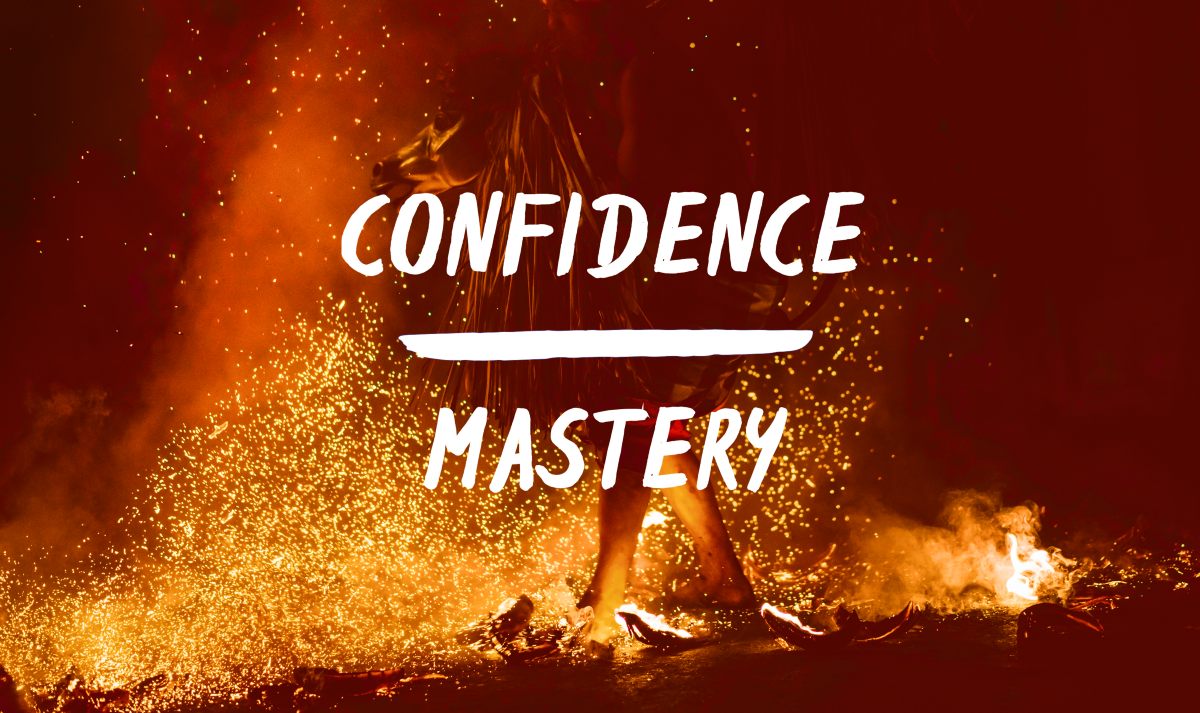We’re imposters, you and I.
But that designer you look up to. The one you feel knows something you don’t about design. About craft. About success. About leadership.
Why don’t we think they’re imposters? That they have it all figured out? And why, for many of us, does achieving their level of mastery seem almost unattainable? Maybe even make us doubt our own value, and feel more like imposters in our jobs.
The difference between experts and imposters isn’t that experts are skilled and imposters aren’t. It isn’t that experts know something and imposters know less.
They’re skilled, yes. But what makes them impressive isn’t all about skill or mastery over their craft. It’s their confidence.
The expert’s confidence—real or perceived—is stronger than their self doubt. The imposter’s doubt is stronger than their confidence.
That’s what makes us different.
But what about craft?
Malcolm Gladwell’s 10,000 hour rule for achieving mastery speaks to the craft side of design. Craft takes time, hard work, and we’ll all continue to develop our design craft throughout our careers.
The rate of change in digital design probably warrants more of a never ending 10,000 hour cycle. A really long merry-go-round that you shan’t escape.
Mastery of craft is an endless pursuit. A critical pursuit for all designers to be on. But one that’s judged in comparison to other designers. And, one that is wrapped up in a blanket of subjectivity, and trends of the day.
We’re all moving at different speeds, coming with different backgrounds and life experience, and are at different points on the way. Some of us are driving up a steep incline, while others are coasting down a hill in neutral. Still others are stuck in the mud.
Confidence is a different game altogether.
Confidence from Day 0
Though mastery of craft is an endless road, confidence can happen at any point in time in a designer’s career. Even before we’re comfortable calling ourselves designers.
A new designer with limited skills can be extremely effective building a career if they start out with confidence. Compared to another designer with twice their skill, twice their work experience, but half their confidence, the new designer will grow faster and bring more value to the table.
Confidence is obviously not as easy as saying “I’m confident”. But because it’s an internal shift—a change in mindset and self perception—it doesn’t require you to achieve the ambiguous moving target of mastery.
And anyway, who said mastery is the end goal? Some designers may be on a whole different path.
Maybe they’re designing in some pursuit of self-actualization. Maybe what they’re mastering isn’t something we’d recognize as design-proper.
Which brings me to the last word.
No one can design like you
Every designer, whether in school, starting their first design job, or 35 years into their career, has a unique spark. Something that they’re especially good at, and a core reason why people want to work with them.
I don’t know any designers like me. Not a good or bad thing, just an observation. Every other designer I know brings together a unique combination of skill, style, and sensitivity. All with a unique perspective, personality, and purpose.
A unique fire burns inside them. Regardless of their years of experience, how much work they’ve shipped, or what they get paid.
This uniqueness comes through in what and how they design. And when they’re confident in the what and the how, possibilities grow exponentially.
Skill comes over time, but confidence is available to you from day 0.
You don’t need to catch up to anyone else’s skill, because you aren’t running in the same race. You play the game of confidence against yourself, which I think qualifies it as an infinite game. Which, as Simon reminds us, is the one we want to be playing.
“Finite players exist to beat the people around them. Infinite players play to be better than themselves.” — Simon Sinek
